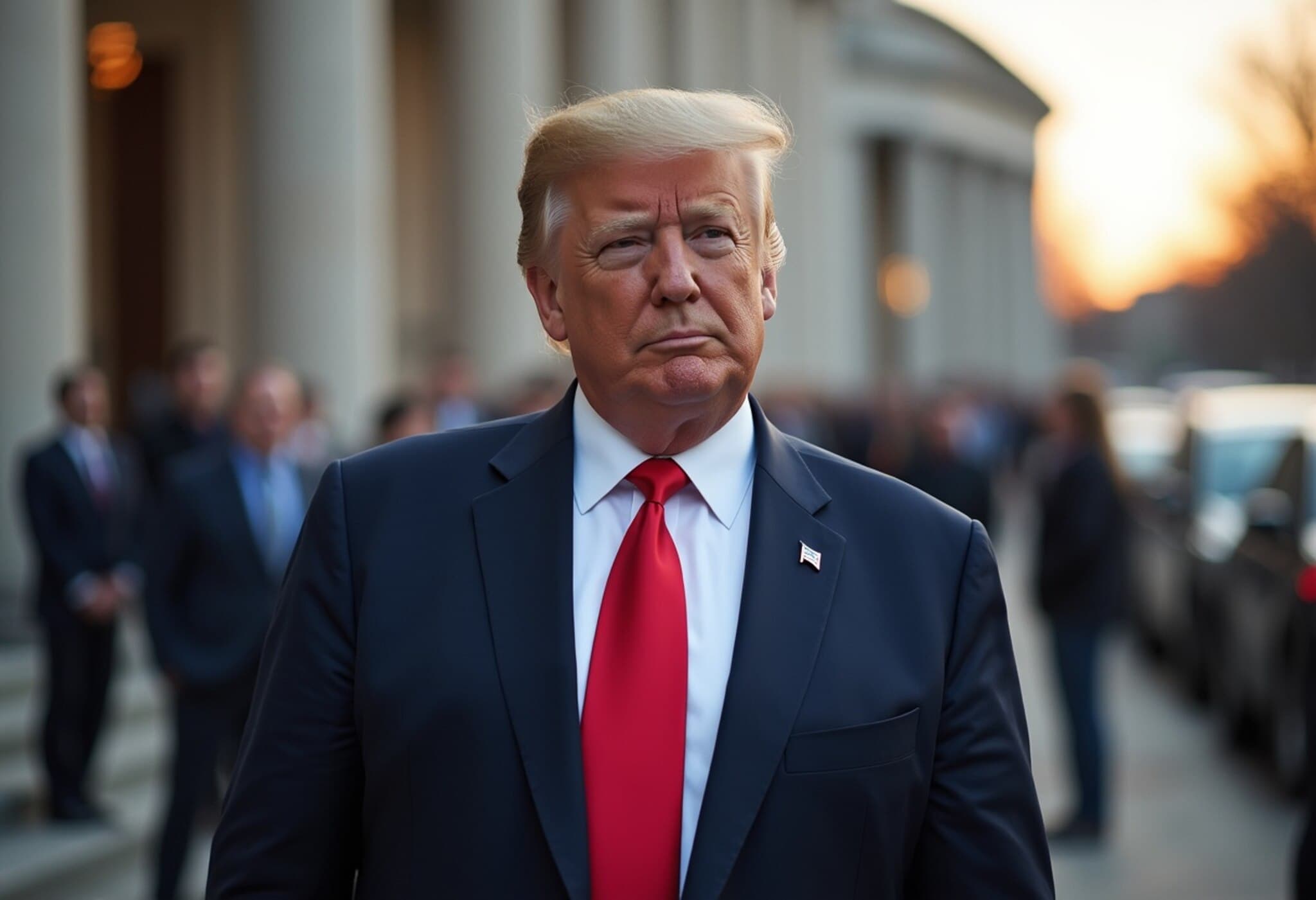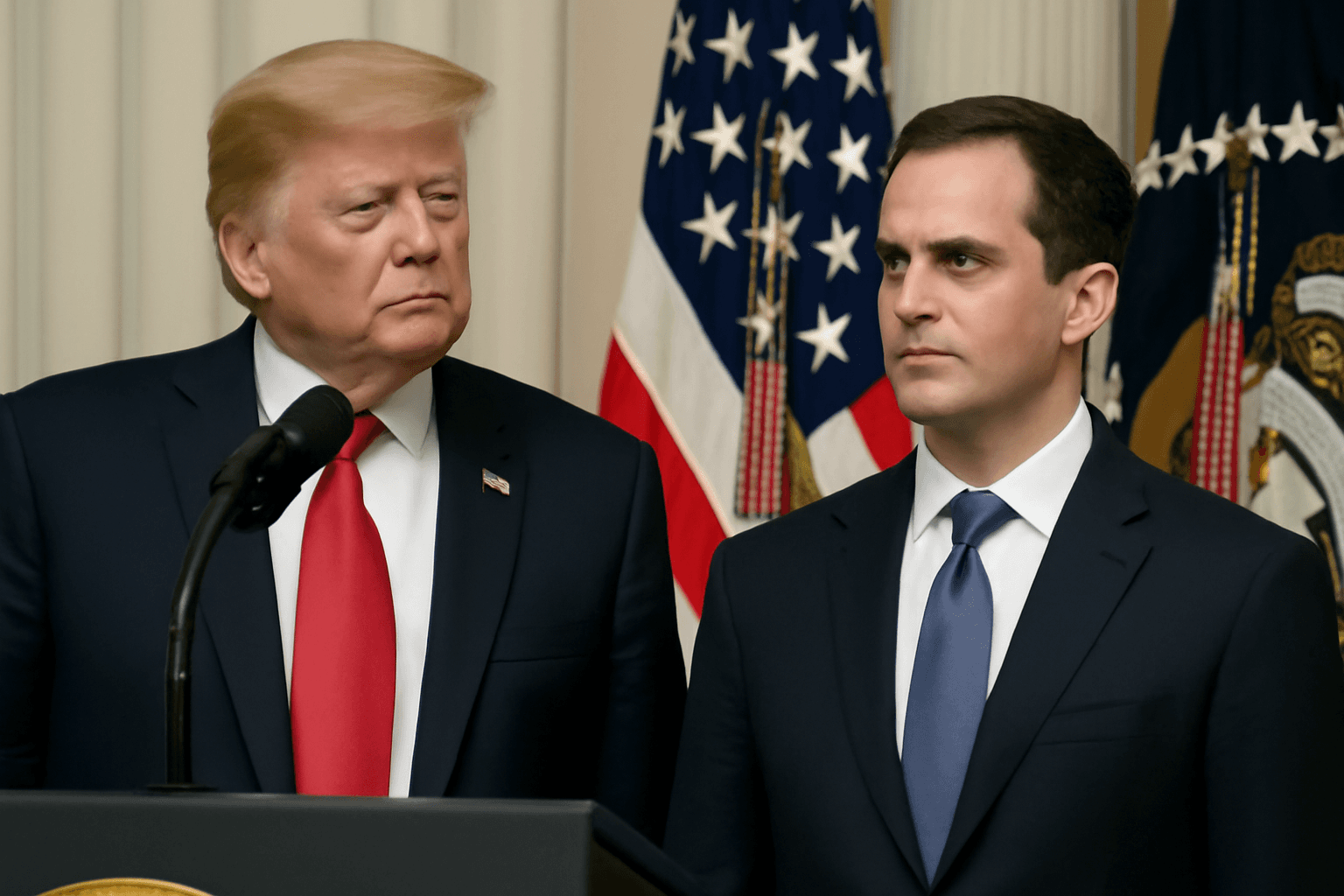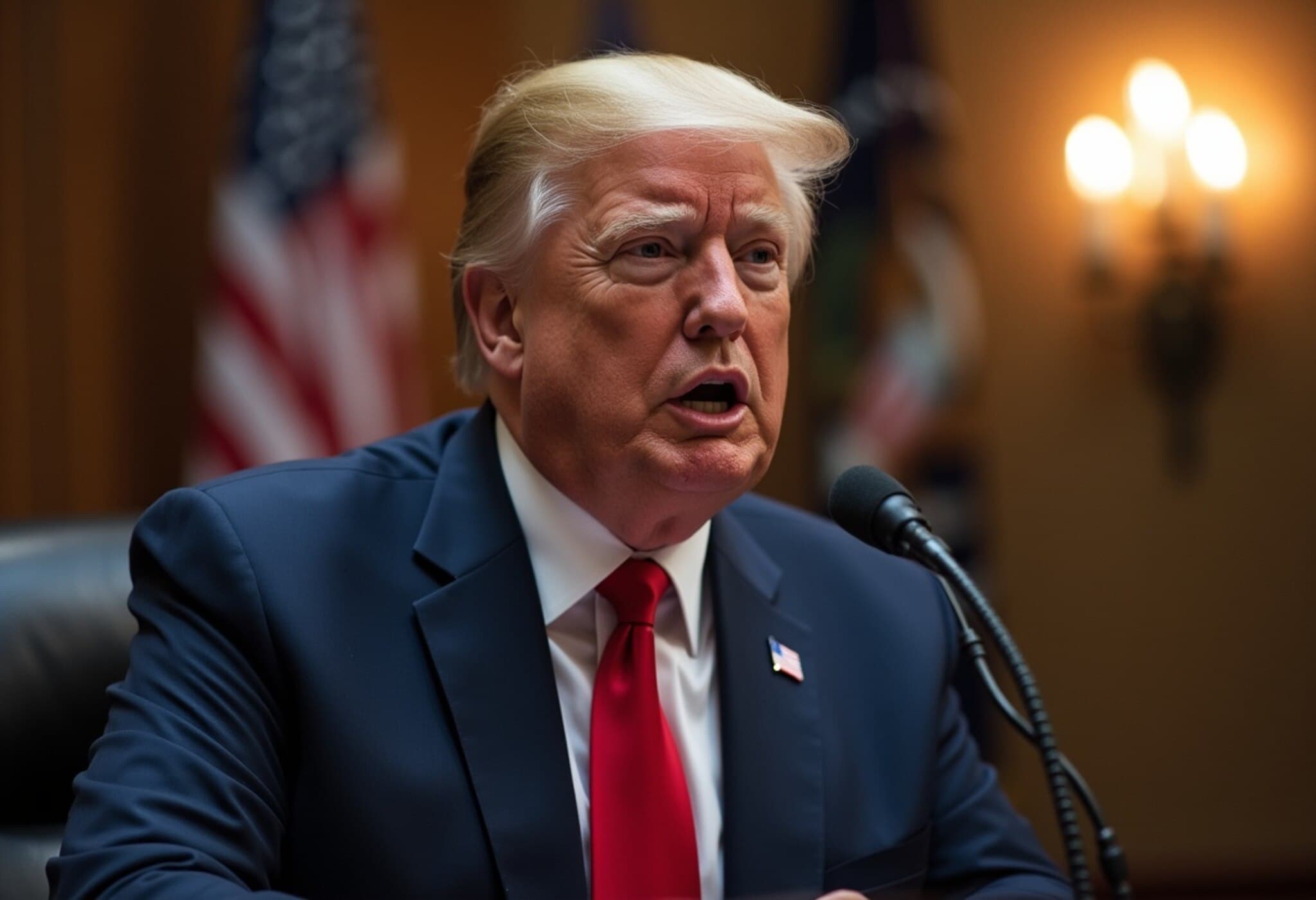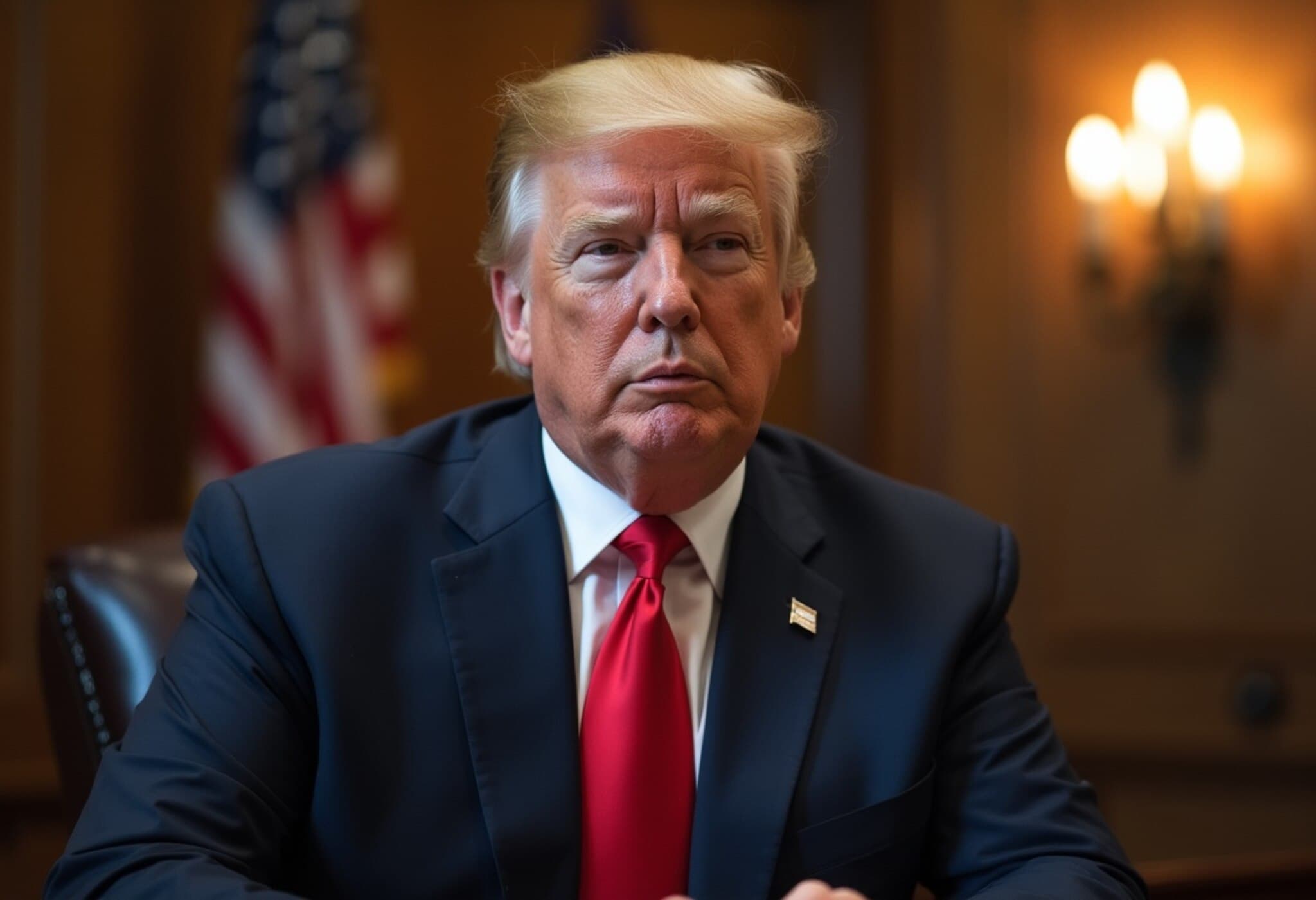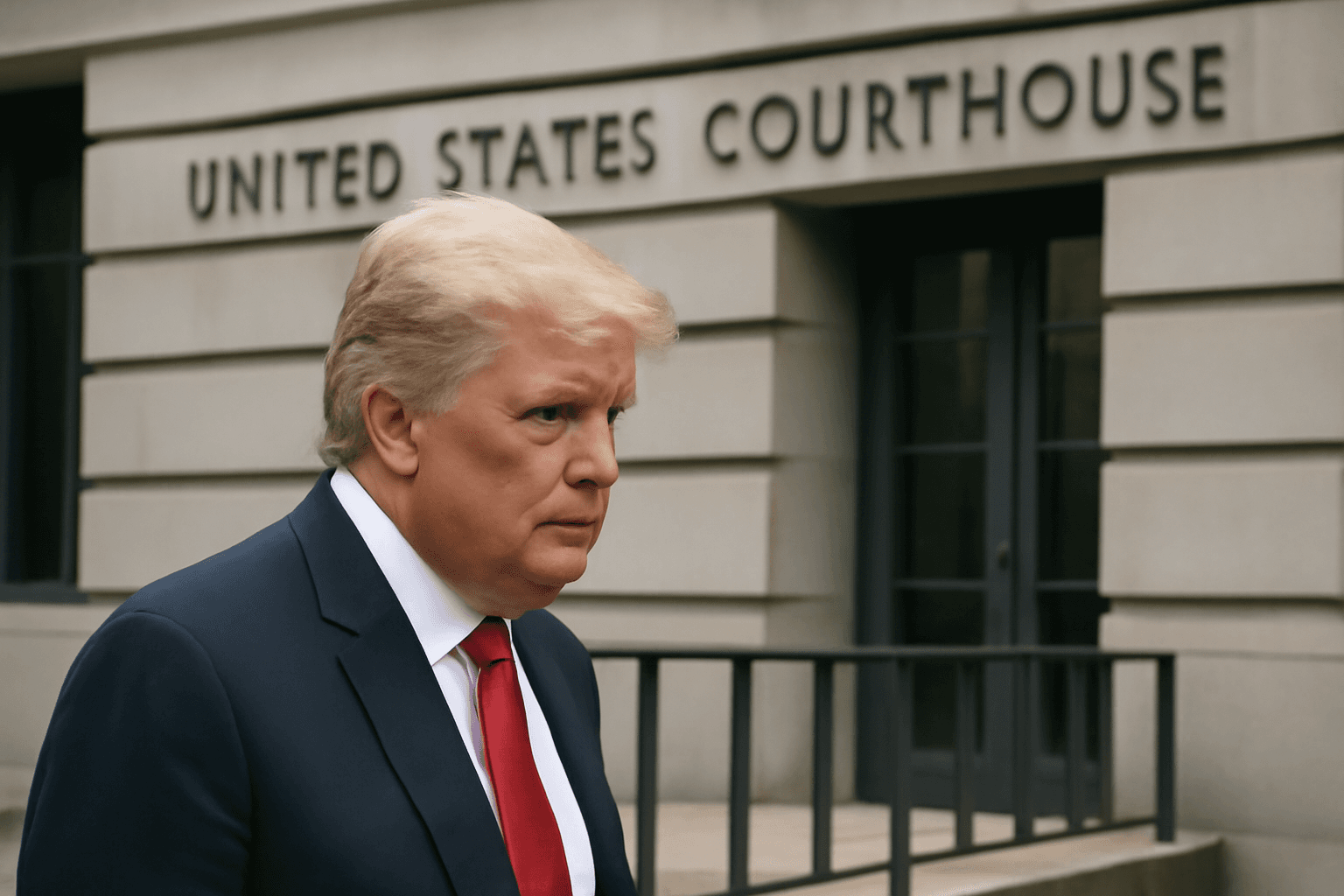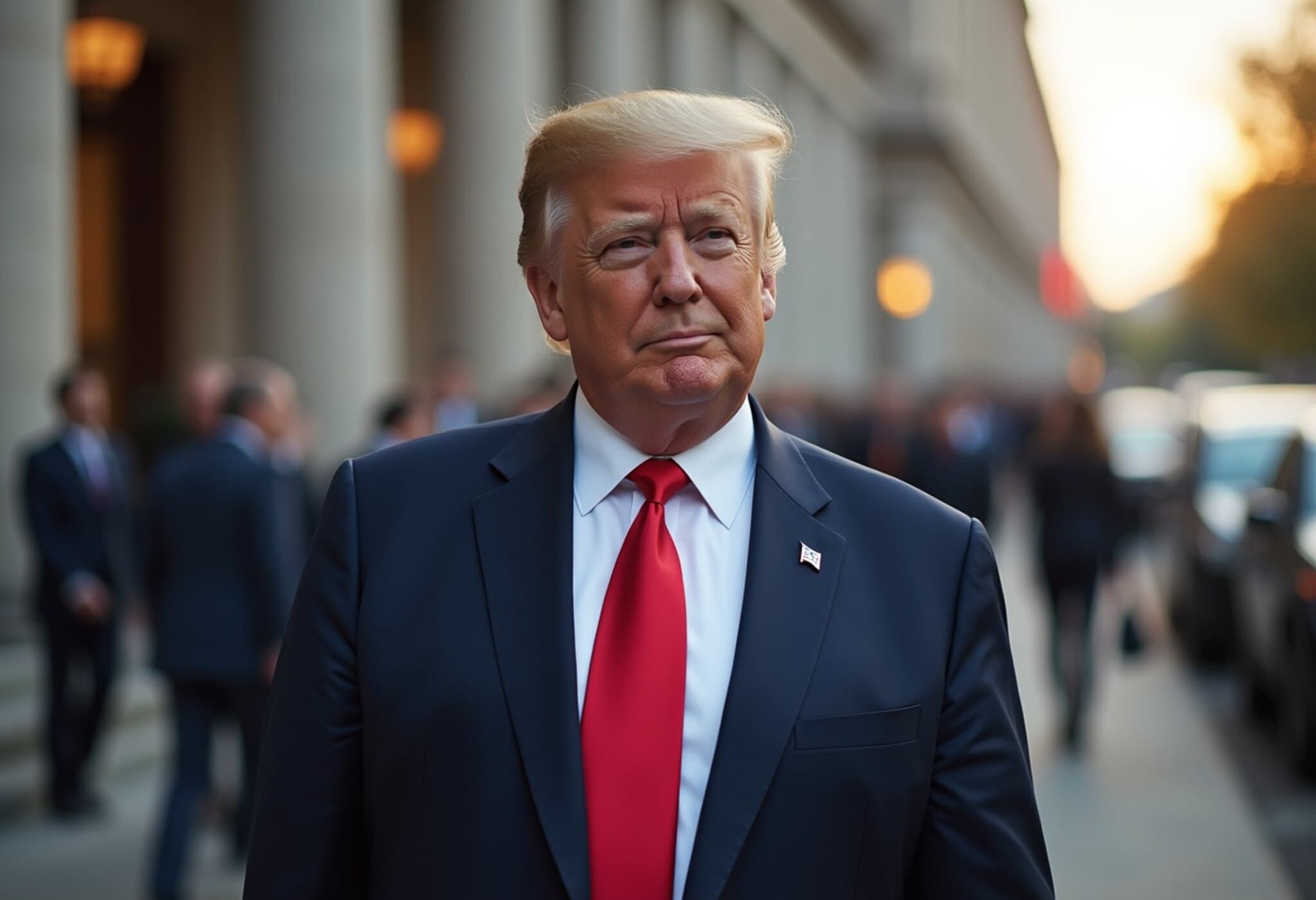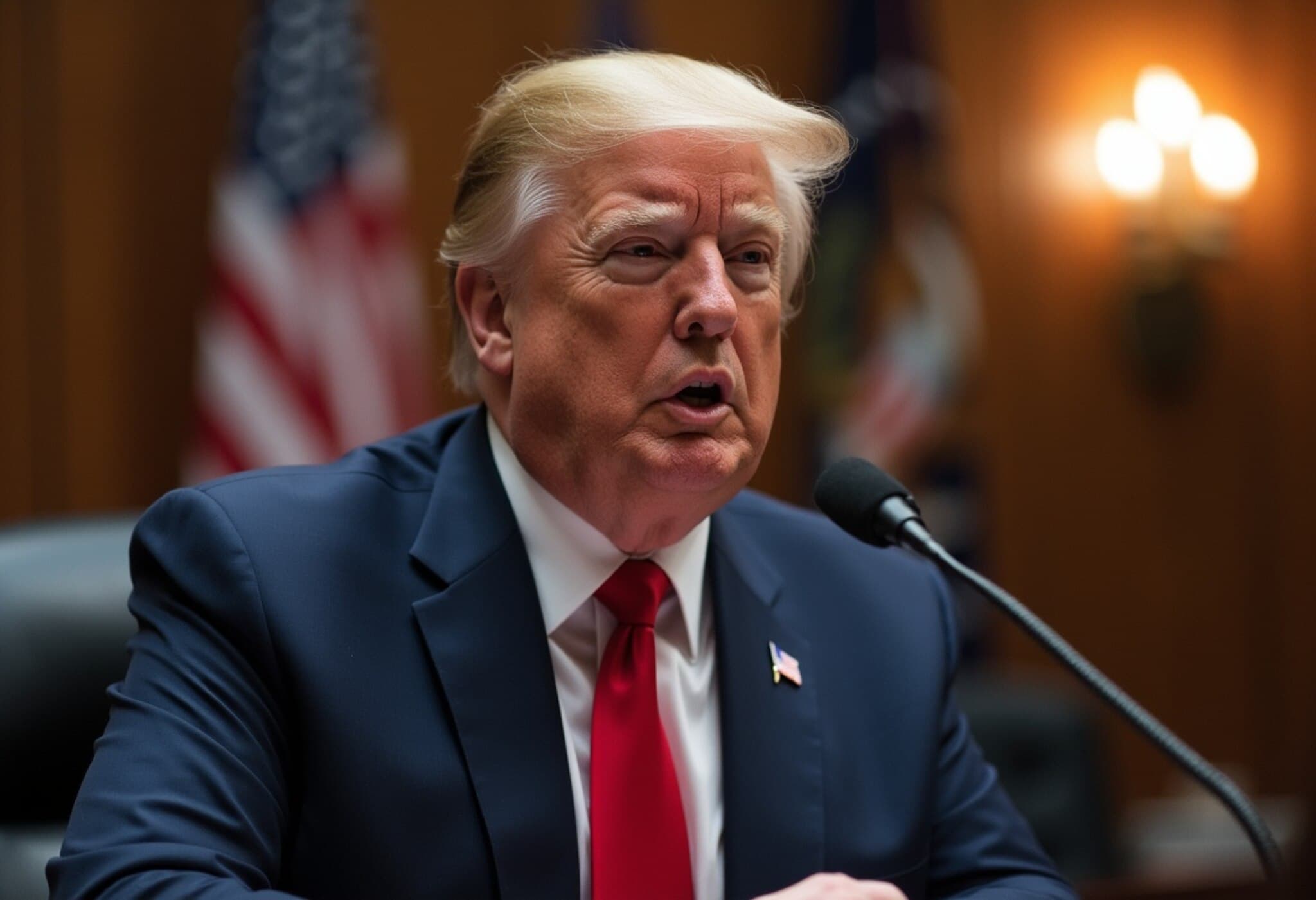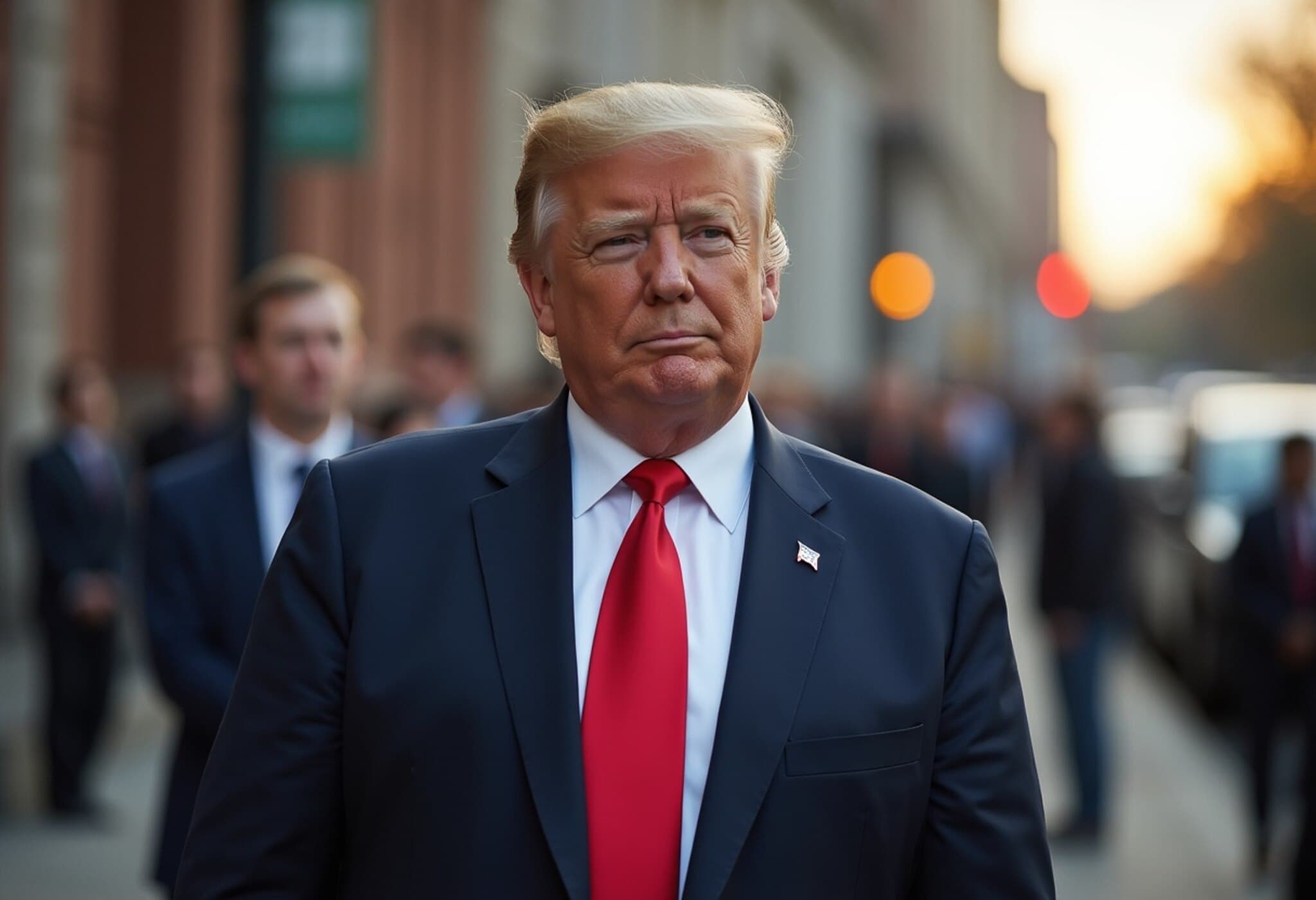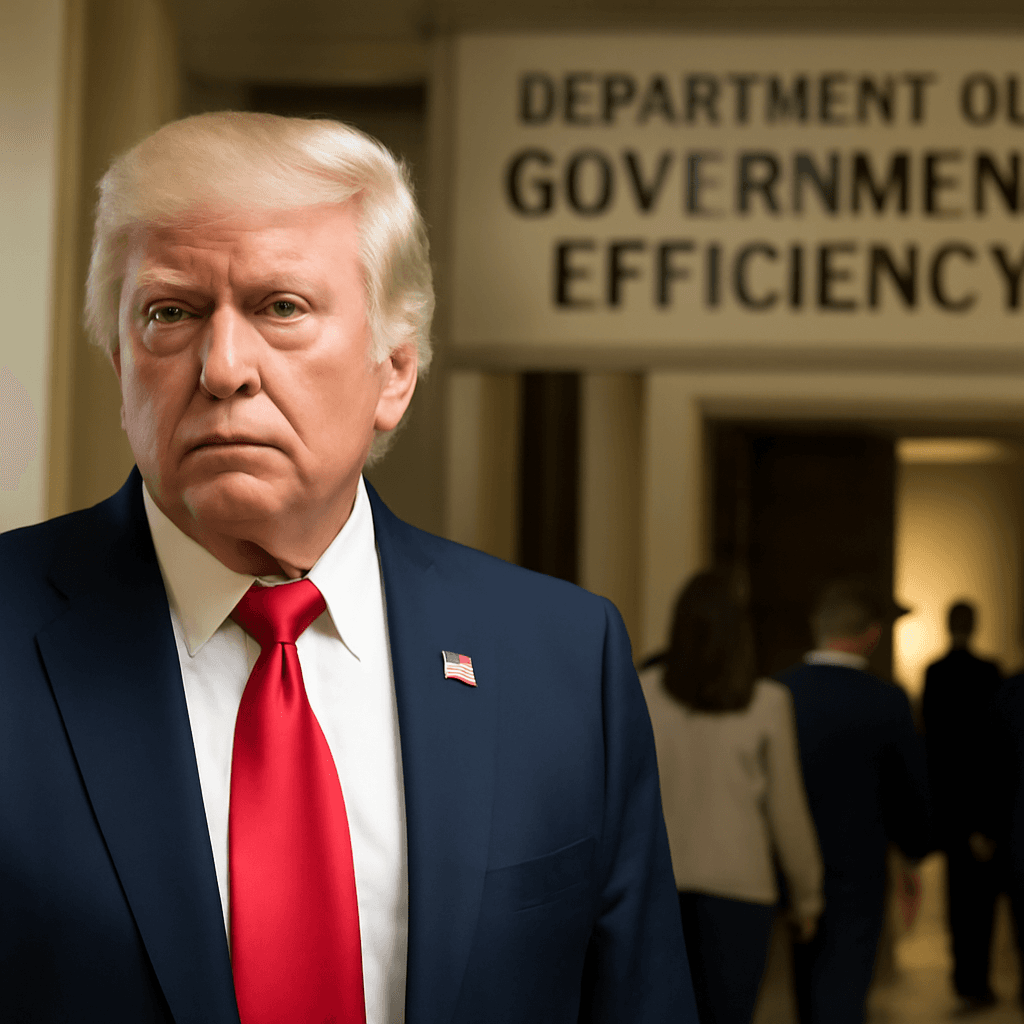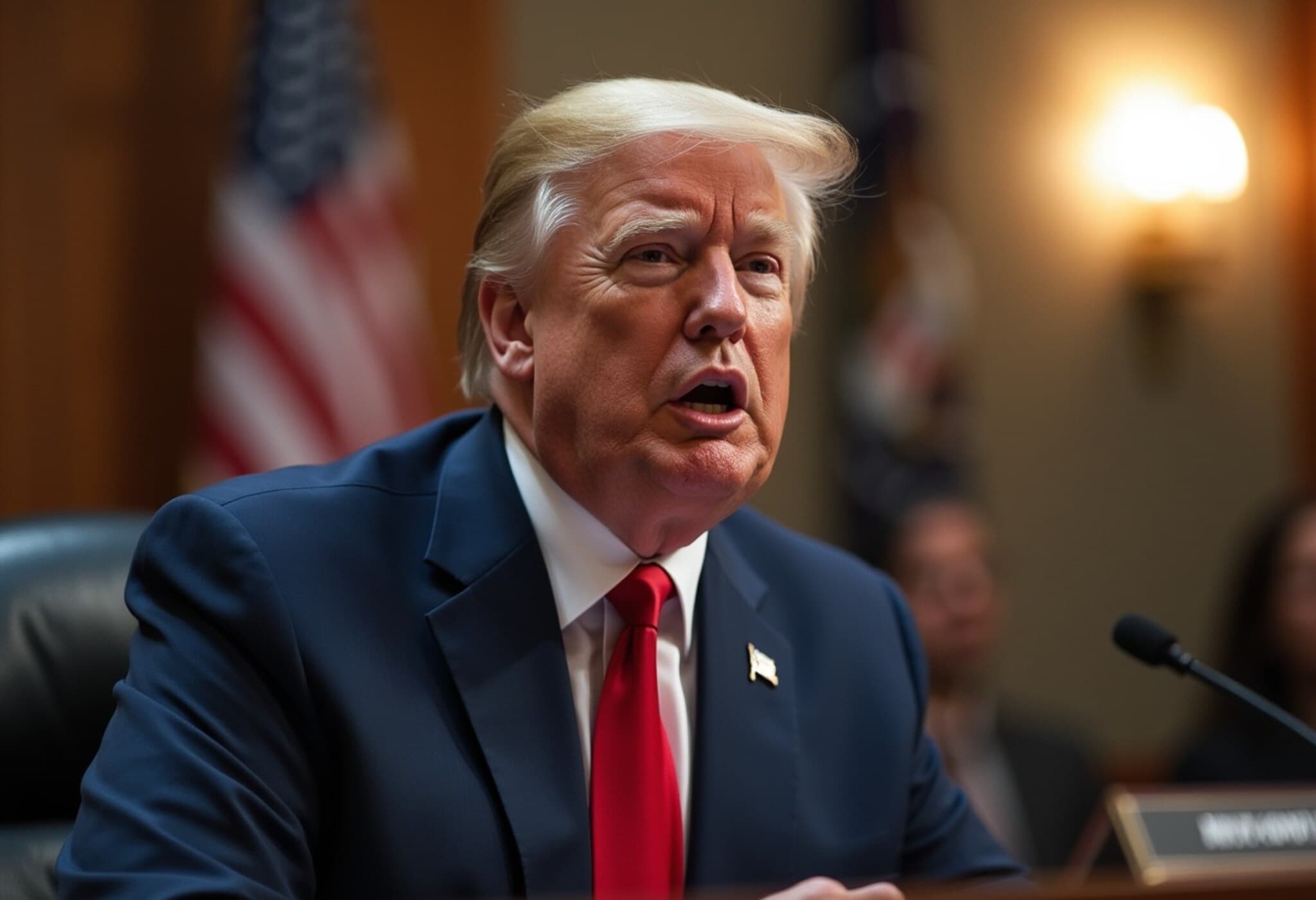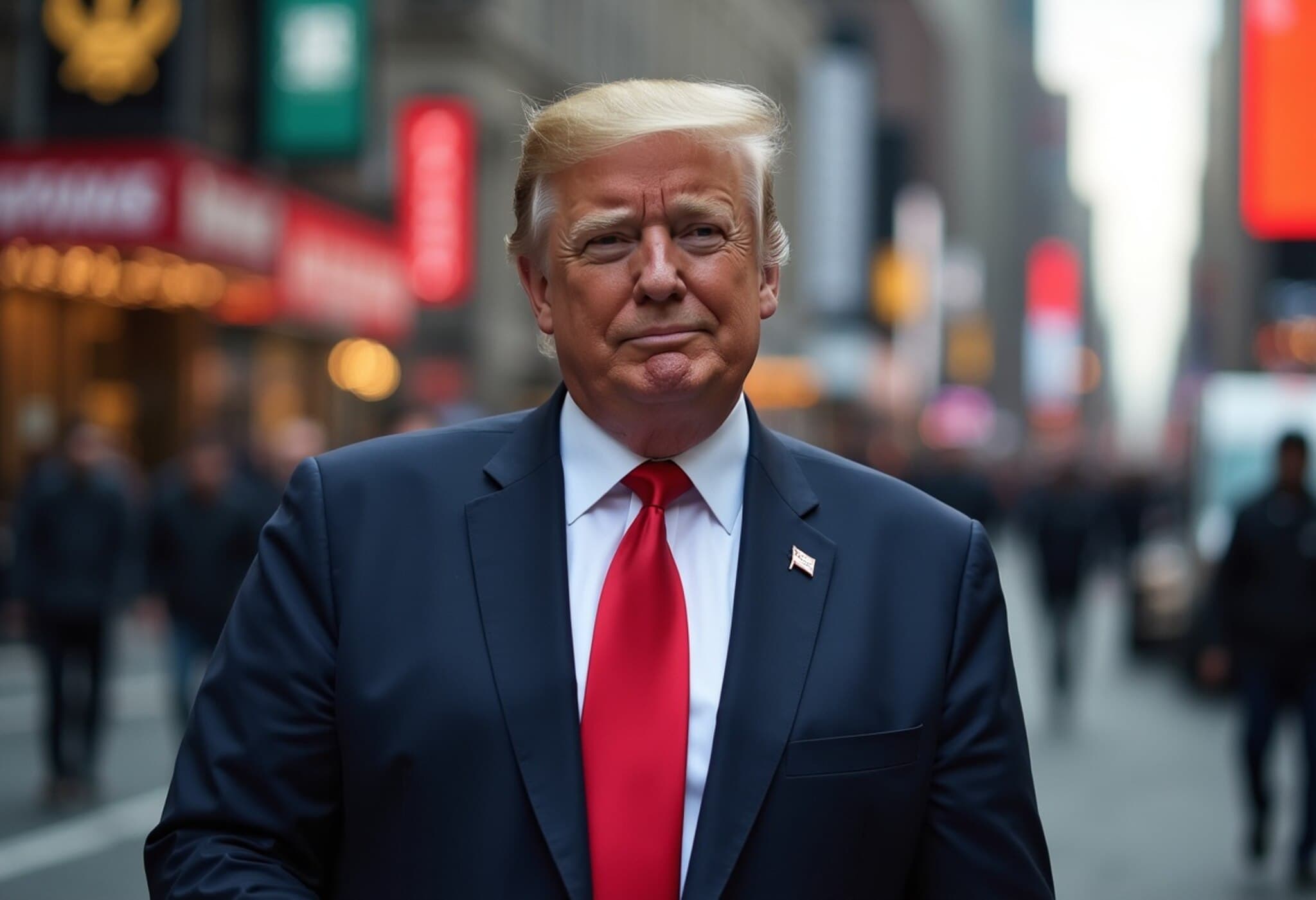Supreme Court Greenlights Trump Administration's Federal Staff Reductions Amid Ongoing Legal Challenges
In a significant ruling on July 8, 2025, the US Supreme Court allowed the Trump administration to move forward with extensive staffing cuts and reorganizations across numerous federal agencies. This decision temporarily halts lower courts’ efforts to block these reductions, though it does not represent a final resolution on the broader legal questions surrounding the administration’s authority to implement such sweeping changes without congressional approval.
What the Supreme Court’s Order Means
The Court’s unsigned order emphasized that the administration’s executive order mandating agencies to prepare for Staff Reductions in Force (RIFs) appears legally sound, suggesting the White House is likely to prevail in its litigation against challenges brought by federal worker unions and several municipalities. However, the ruling explicitly refrains from endorsing or rejecting the legality of specific agency reorganization plans or cutbacks themselves.
“We express no view on the legality of any Agency [Reduction in Force] and Reorganization Plan produced or approved pursuant to the Executive Order and Memorandum,” the Court stated.
Dissent Highlights Concerns Over Congressional Authority and Service Disruptions
Justice Ketanji Brown Jackson was the sole dissenter, warning that the decision risks significant harm to public services and undermines democratic principles by allowing mass layoffs without explicit congressional sanction. She criticized the Court for prematurely lifting the injunction before the full legal issues can be properly examined, cautioning that this intervention could irreversibly damage federal operations.
Justice Sonia Sotomayor, while concurring with the majority’s procedural approach, echoed concerns that such restructuring efforts must respect established congressional mandates. She underscored that the Court has yet to review the substance of any reorganization plan and supported leaving room for the district court to assess their legality in detail.
Background: The Legal and Political Stakes
President Trump issued the executive order in February, instructing federal agencies to prepare for aggressive reductions in workforce to improve agency efficiency. The administration’s legal position, as articulated by Solicitor General D. John Sauer, points to a longstanding historical precedent, arguing that executive authority over federal workforce management is well-established, provided that statutory protections for veterans and other groups are upheld.
Yet, opponents—including a coalition of unions and local governments—contend that large-scale staff cuts and reorganizations require explicit congressional authorization, citing the Constitution’s separation of powers and Congress’s role in creating and funding federal agencies.
Federal District Court Judge Susan Illston previously blocked these cuts, emphasizing that while presidents can set executive policies, dismantling federal agencies’ structures on a massive scale unilaterally ignores congressional mandates and disrupts vital public services. She noted that historically, presidents have sought legislative approval for such sweeping reorganization efforts.
Why This Matters: The Broader Implications
This case is more than a legal battle over staffing—it probes the boundaries of executive power in managing the federal government, potentially setting precedent on how much the president can reshape the federal workforce without Congress. It also raises urgent questions about the impact on the delivery of public services, from healthcare to national security.
- For the federal workforce: Uncertainty looms for thousands of employees facing layoffs or restructuring.
- For taxpayers and citizens: Potential disruption in government services that Americans rely on daily.
- For the separation of powers: A test case on executive authority vs. congressional oversight.
What’s Next?
The Supreme Court’s decision only postpones the final outcome on the merits of the lawsuit. The district court will continue to evaluate whether the specific agency plans comply with applicable laws and congressional mandates. Meanwhile, stakeholders on both sides prepare for what could be a prolonged legal saga with wide-reaching consequences.
Editor’s Note
The Supreme Court’s ruling underscores an ongoing tension in American governance—how to balance efficient executive management of a sprawling federal bureaucracy with constitutional checks and balances. While the Court has allowed the Trump administration to advance its agenda, it has carefully avoided ruling on the substantive legality of the cuts, leaving many critical questions unanswered.
As this saga unfolds, the impact on government services and federal employees remains front and center. Observers should watch closely how the lower courts interpret the balance of power between Congress and the Executive in controlling federal workforce policies — a debate that resonates far beyond this case.

